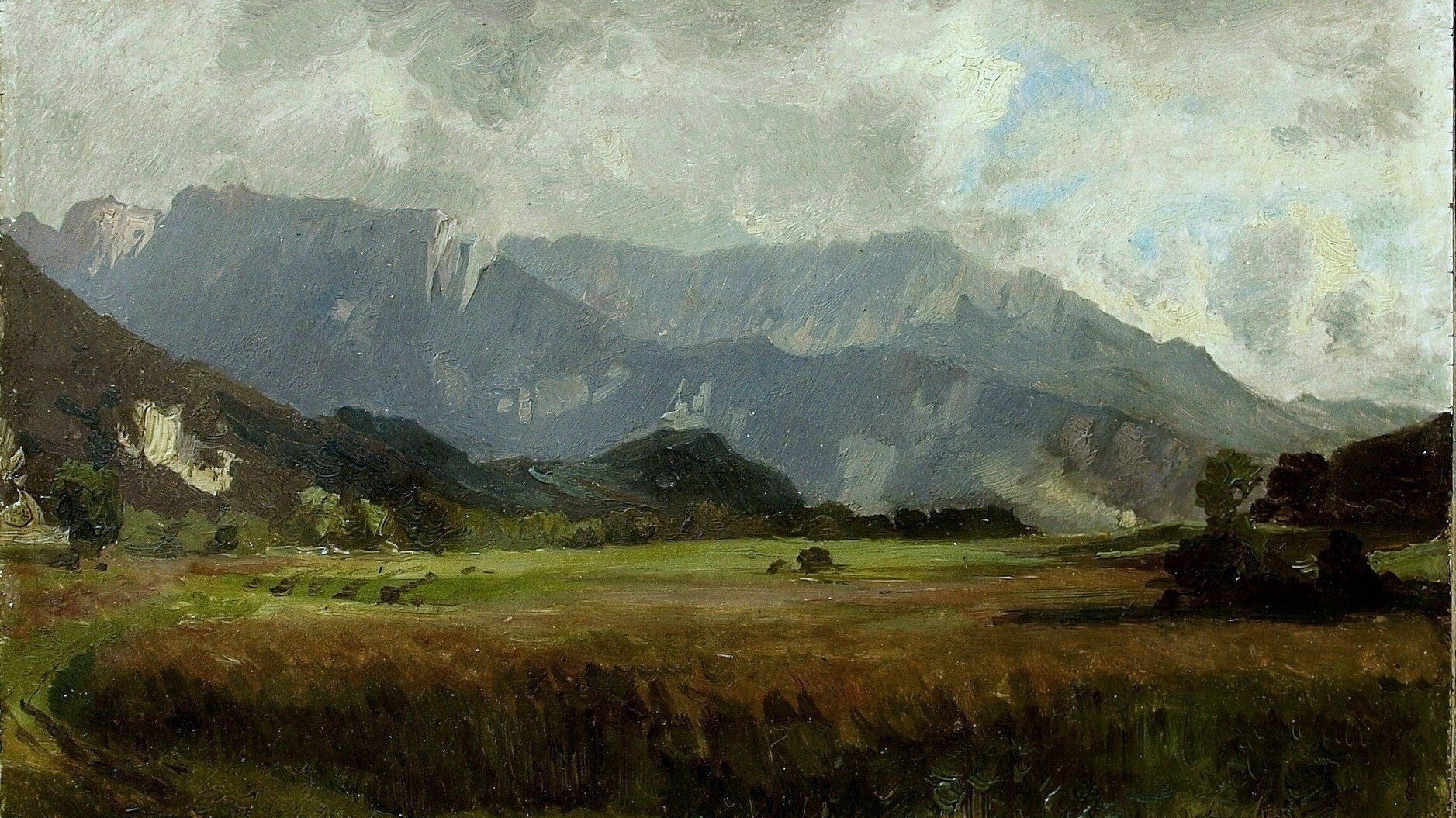In 1892, Antonin Dvořák left his beloved Bohemian homeland to accept an invitation to serve as director of New York’s National Conservatory of Music. In his words, Dvořák had been brought to the New World to “discover what young Americans had in them, and to help them express it.” During the nearly three year stay, Dvořák traveled as far west as Spillville, Iowa, and composed some of his most famous works, including the “New World” Symphony, the Cello Concerto, and the “American” String Quartet. Ultimately, he was eager to return to his roots.
In April of 1895, during his final weeks in New York City, Dvořák began the preliminary sketches for his last two string quartets (Nos. 13 and 14). Completed in Prague eight months later, this was the music of a joyful homecoming. While the publication order earned No. 13 a higher opus number, the String Quartet No. 14 in A-flat Major, Op. 105 stands as the last chamber work that Dvořák composed.
The first movement (Adagio ma non troppo — Allegro appassionato) begins with somber, searching voices. Outlining a foggy A-flat minor, a solitary cello line is picked up successively by the viola and violins. We get a sense that the voices are “waking up” gradually amid the ambiguity, stasis, and mystery of a late Beethoven quartet. Then, with the sudden arrival of the Allegro, the music bursts into the sunlight. We are swept into an exuberant drama in which adventure, laughter, and celebration are waiting around every corner. In one passage, there is the dizzying humor of a strangely displaced beat. At other times, hunting horns seem to echo across the Czech landscape. In the last bars, the plaintive music of the opening returns. It lingers and finds a comforting resolution before sweeping to an ecstatic final cadence.
The second movement (Molto vivace) is one of Dvořák’s most dazzling scherzos. It takes the form of a furiant, a Czech folk dance filled with shifting accents and alternating metrical groupings. This is the spirited, carefree music of the Bohemian countryside. The Trio section begins as a warm duet between the violin and cello. Moments later, the two violins sing passionately in near canon before transitioning, almost imperceptibly back to the initial scherzo.
The third movement (Lento e molto cantabile) is a nostalgic and hymn-like song without words. It is related to the music from the first movement’s introduction. As the third movement unfolds, the serene melody develops through a series of variations. A shadowy turn brings chromaticism and moments of searing dissonance. But the storm clouds dissipate, and the final bars fade away with blissful, pastorale “horn fifths.”
With the opening of the finale (Allegro non tanto), the cello breaks the mood and emerges as a snarling interruption. At first, the music seems ominous, but we realize quickly that a practical joke is underway. This movement, the longest of the Quartet, has been described as “an expression of pure joy.” Based on the polka and filled with intricate contrapuntal conversations, it moves through a series of sunny and thrilling adventures before surging to a wildly euphoric conclusion in the coda.
Recordings
- Dvořák: String Quartet No. 14 in A-flat Major, Op. 105, Cleveland Quartet Amazon
Featured Image: “View of the Tatra Mountains” (1890), Antonín Chittussi

